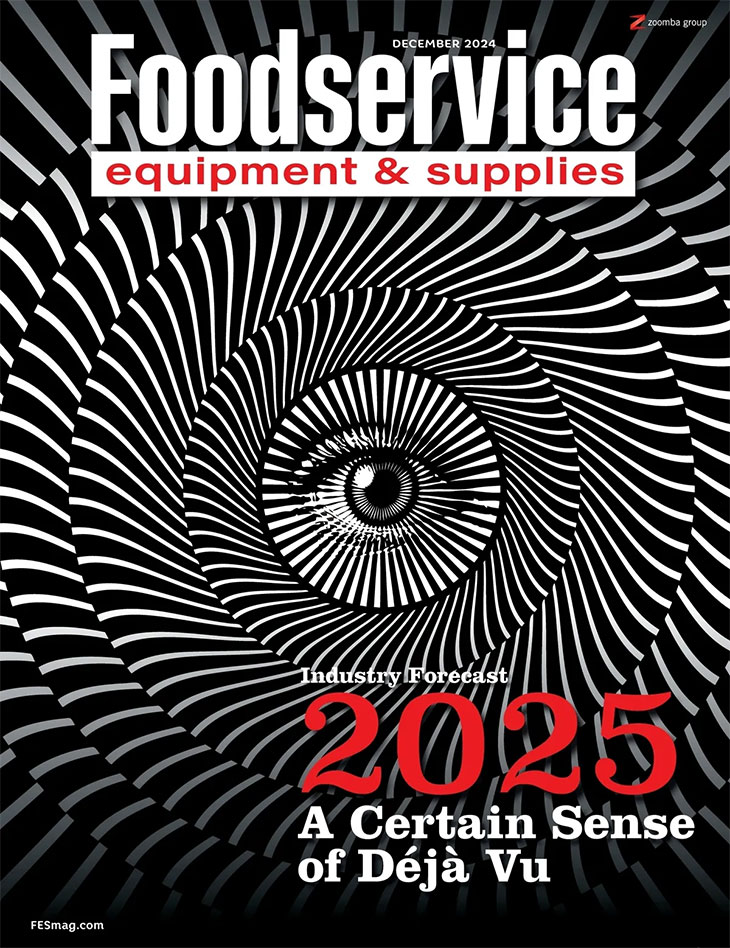Content sponsored by: Alto-Shaam
There was a time that the general philosophy of foodservice operators was that holding food hot was a necessary evil.
 More operators are taking advantage of hot holding equipment, which not only helps maintain food quality but also results in increased speed of service.
More operators are taking advantage of hot holding equipment, which not only helps maintain food quality but also results in increased speed of service.
In the past, foodservice operators have held food out of necessity due to a lack of equipment, manpower and/or space to prepare items simultaneously.
“Many chefs and cooks put the stigma on holding food hot as a crutch, which is a misnomer,” says Andy Mayeshiba, corporate chef for Alto-Shaam Inc. “For example, even though the expectation at high-end restaurants is that food is prepared fresh, that’s increasingly not the case.”
Instead, more chefs are utilizing all types of techniques to hold food in a ready state to serve quickly. This not only results in increased speed of service, but also helps maintain food quality.
“When we eliminate the negative aspects of holding, this equipment serves as a bridge to effective production and quicker service,” says Mayeshiba. “It also improves efficiency in the kitchen.”
The problem with traditional holding equipment is that food can get dried out, overcooked or both.
“Unfortunately, this is the association most food professionals have with hot holding,” says Mayeshiba.
Because most holding cabinets utilize dry air, any moisture is quickly sucked out of the food being held. Adding to the issue, most holding cabinets have fans that act like a hairdryer. This blowing dry air forces moisture to evaporate, potentially drying out food and impacting the quality.
“These are the two negative elements acting on food that causes it to dry out,” says Mayeshiba. “Dry blowing air is the biggest downfall of most food being held.”
Alto-Shaam’s hot holding options are designed to maintain quality, without overcooking or drying out food. Five low temp holding cabinets are available, offering capacities of three, five or 10 full-size pans or eight or 16 full-size sheet pans. Double compartment and roll-in models, along with warming drawers in a variety of sizes, also provide added flexibility for operators. Carts for banquets accommodate 96, 128 or 192 plates for high-volume heated holding.
In many competing units, the heating elements used to maintain proper cavity temperatures are generally 20 times hotter than the food being held. For example, in some traditional units, a calrod creates radiant heat and runs as hot as 2600 degrees F. This is a small, ‘S’-shaped element that, when unwrapped, can be up to 2 ½ feet long.
“This amount of power doesn’t provide much precision,” says Mayeshiba. “When the cavity temperature drops below a set point, 2600 degrees of heat radiates off a metal rod, so it’s almost impossible to stop at a set point.”
As a result, temperatures typically rise 15 to 20 degrees over a designated set point, which makes cavity temperatures difficult to control and maintain. The result is overcooked and/or dry food.
Alto-Shaam has taken a totally different approach with hot food holding. Rather than utilizing an intense low-volume heat source, the company’s Halo Heat® technology emits low intensity, high-volume heat. A long cable wrapped around the holding cavity emits temperatures in the 300 to 500-degree F range, pulsing on and off throughout the process. And there are no fans to dry out food. A large digital readout ensures holding at the optimal temperature.
“With these units, temperatures don’t fluctuate like in a traditional holding cabinet,” says Mayeshiba. “For this reason, food won’t overcook, since it’s not exposed to too high temperatures. The heat also is being distributed more evenly and gently throughout the holding cavity.”
Whether holding food for service or for merchandising, Alto-Shaam’s hot holding equipment is designed to make time stand still in terms of product quality.
“We train chefs to think of hot holding as a bridge, rather than a crutch,” says Mayeshiba. With a number of equipment options, Alto-Shaam provides operators with a solution to best fit their hot holding needs.
Learn more about the benefits of heated holding cabinets: www.alto-shaam.com/Holding-FES20150806.




